Table of contents
Restaurant operators make hundreds, if not thousands, of small decisions every day that can have a huge impact on their business. When I ask an operator what they’ve changed — and I’ve probably asked this question over a hundred times — I get a lot of answers.
I asked three for this piece, pulling advice for businesses in all stages, from just getting started to plotting expansion. Their mistakes didn’t lead to failure; they’re instead small considerations that led to huge results, and put these businesses on the map. These operators cover expansion decisions, technology considerations, and ample risk-taking — and share the successful results.
Or, as Danielle Murcia, owner of Crepes Bonaparte in Southern California said rightly of her business’s evolution as it expanded: “I don’t feel like it was a mistake, because we learned from it.”
Expanding? Start small and focus on what works.
According to data from the annual Square Future of Restaurants report, 65% of restaurant leaders plan to expand the number of locations in the next year. Nearly three-quarters plan to add more retail or menu items. Expansion and growth, while exciting, presents plenty of challenges.
Before Crepes Bonaparte was a restaurant in Fullerton, California, it was a food truck. Before that, it was a farmers market stand, and before that, it was a catering company started by husband-and-wife team Danielle and Christian Murcia in 2008. Its growth has been organic, though they did spend a few years considering a different type of growth, adding food trucks with completely different concepts — Greek food, Mexican-Asian fusion, a sausage concept — to its business.
“With food trucks, you’re limited by capacity. There’s a small kitchen, a small amount of storage,” Danielle Murcia says. So, they thought, what if they could operate at one event with several trucks? Simple math dictates that more trucks equal more business, especially during the food truck boom a decade ago. They operated multiple concepts for a couple of years but ultimately closed all except Crepes Bonaparte, their original concept.
“Crepes Bonaparte was always the most successful brand of all the different ones we owned,” Danielle Murcia said. “Taking that time to scale back and refocus and try to do one thing well … I’m really glad we made that decision.”
Plus, it turns out, crêpes on their own are kind of amazing. “They can be served at all times of day — breakfast crepes, lunch crepes, dinner crepes, dessert crepes,” Danielle Murcia said. Today, Crepes Bonaparte operates four storefronts, including two food trucks and two brick-and-mortar locations.
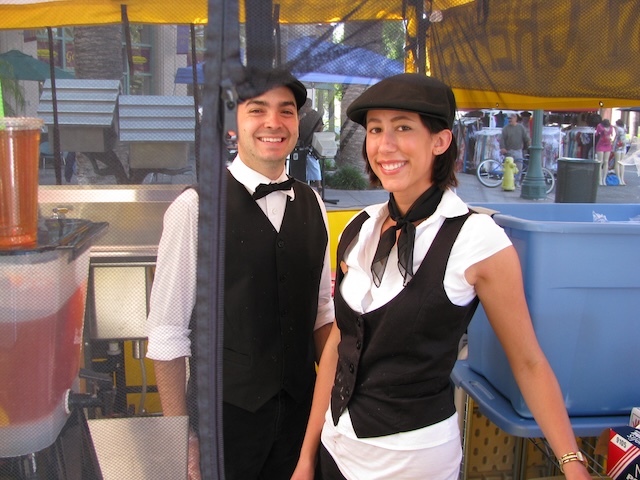
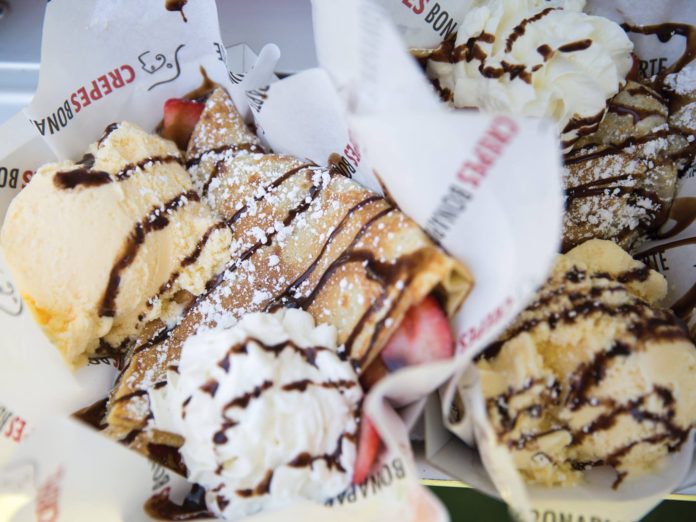
Build your system around technology.
Magnus McKellar, owner of Jamrock Jerk, a fleet of six food trucks based in New York City, has always leaned into tech to help run the business. But in hindsight, he might have leaned a little harder.
By the time McKellar added kitchen display systems (KDS) connected to the trucks’ ordering kiosks, revamping operations inside the trucks, employees had to relearn how to best take orders. “It was a welcomed change,” said Magnus Mckellar, “freeing up much-needed space inside tight quarters. But it still required a big pivot.”
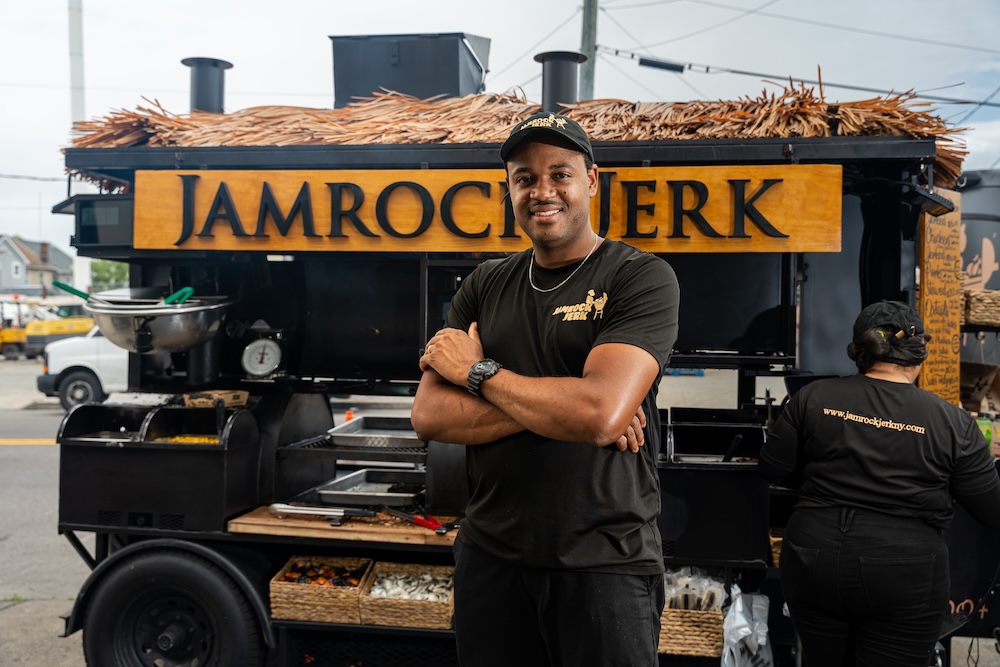
“When you’re starting out, try to build your system around the technology,” McKellar said. If a new operator goes the other way, determining operations, then implementing tech to share the heavy lifting, “you’re going to have to come back to the drawing board. Find a piece of technology you like, even if you don’t understand how you’re going to integrate it fully.”
According to data from the National Restaurant Association, three-quarters of restaurant operators know technology gives them a competitive edge. Only 13% think their restaurant is on the leading edge compared to their peers.
Mckellar has advice for this, too: “If it’s a piece of technology that similar restaurants use,” he says, “it might be a good idea to integrate it.” Start by asking your peers about the tools they trust.
Stay flexible and don’t be afraid to take chances.
Maria Oveysi, co-founder and owner of California’s Kinrose Creamery, knows she did a lot of things right while opening her brick-and-mortar business in Pasadena a year ago. It opened in January, a slow month for ice cream sales even in mild Southern California winter, to get a handle on operations before a busy summer season. It worked. As business ramped up, Oveysi and her husband and business partner Moe Kamal bought a second ice cream machine to scale their ice cream-making. But one of Oveysi’s early business decisions — one she said she was almost hesitant to make — changed the business’s trajectory.
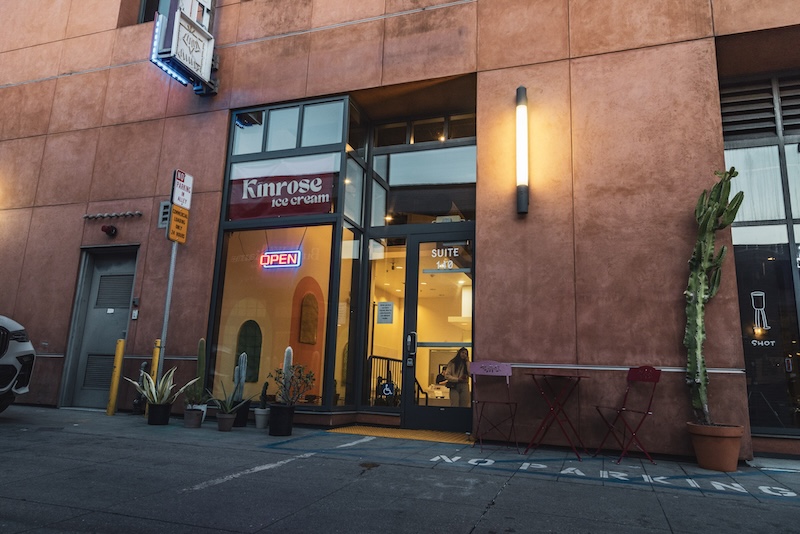
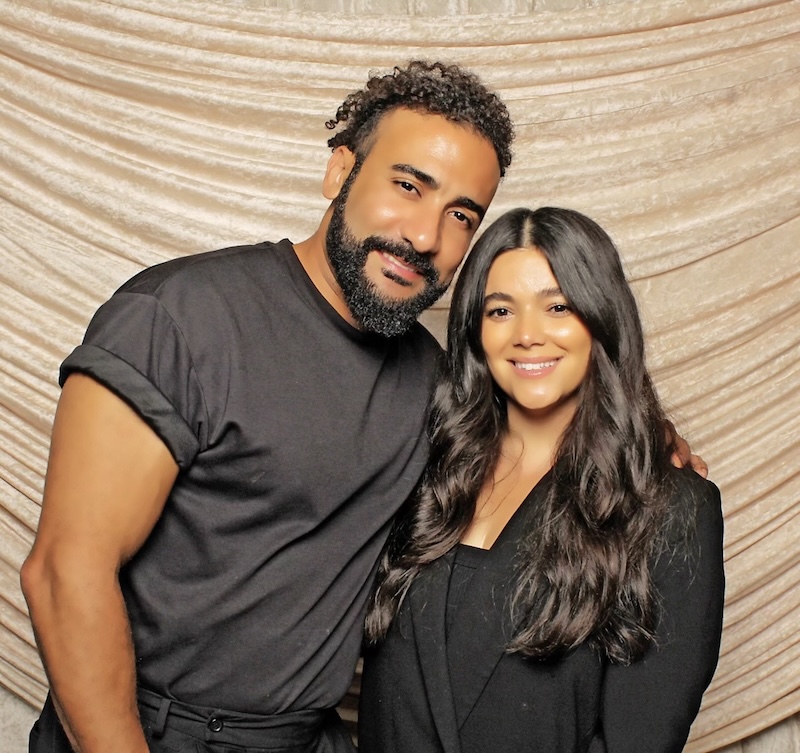
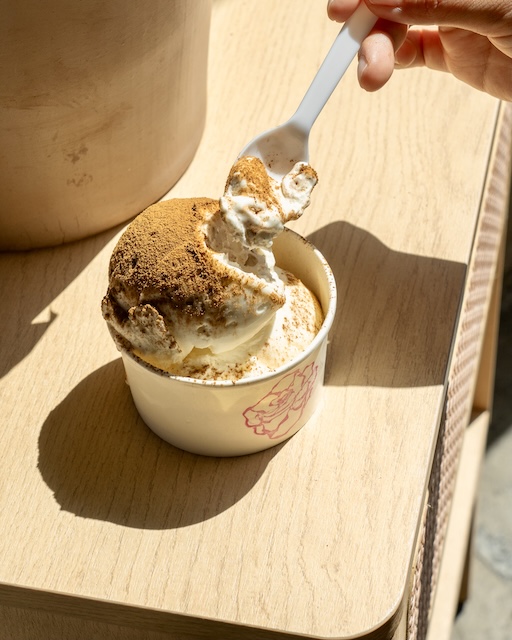
Oveysi grew up in her family’s Middle Eastern restaurant and got serious about her longtime idea to package and sell pints of its beloved saffron-flavored ice cream in 2020. In those early days of self-promotion, Oveysi used Instagram to court a local social media influencer with a huge following.
“I knew she was going to have a baby shower, so I commented right away on every story from our Kinrose page,” Maria Oveysi said. “Eventually, that led to me telling her we have an ice cream cart … which was actually really funny because we didn’t have an ice cream cart. We didn’t have anything. We were in the pints phase.”
Oveysi promised herself (and her husband) that she’d find a cart if they needed one. And when that influencer’s party planner reached out to collaborate on the baby shower, she and her husband drove for hours to pick up the cart. Now, Oveysi says, “Kinrose is a staple at all of the influencers’ events and parties.”
“Don’t be shy, just message them,” Oveysi advises, adding that nothing bad will happen from reaching out to a potential customer who you think will get value from your offering. “If you have that vision, just go with your gut.”
![]()









